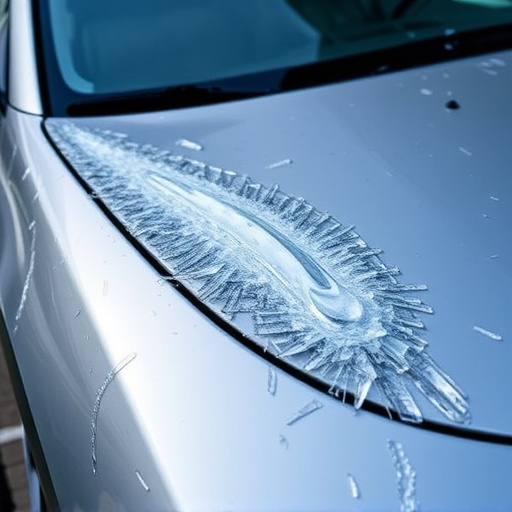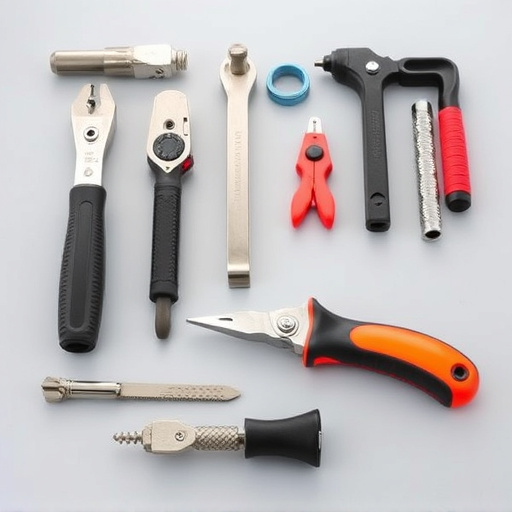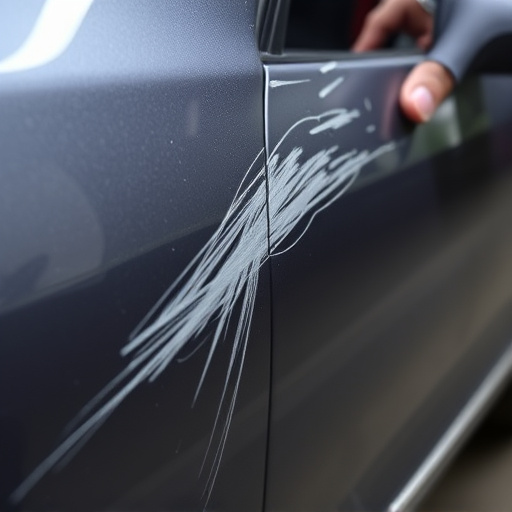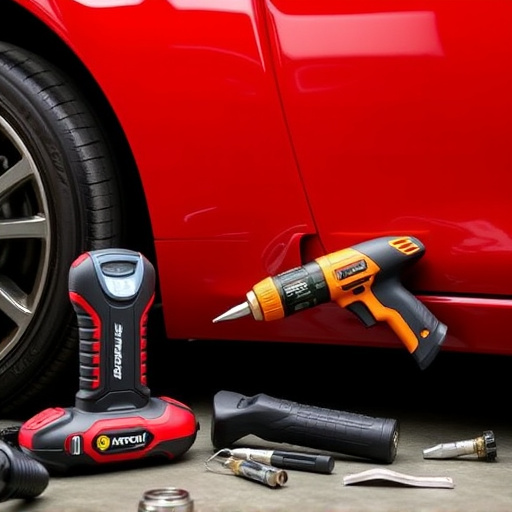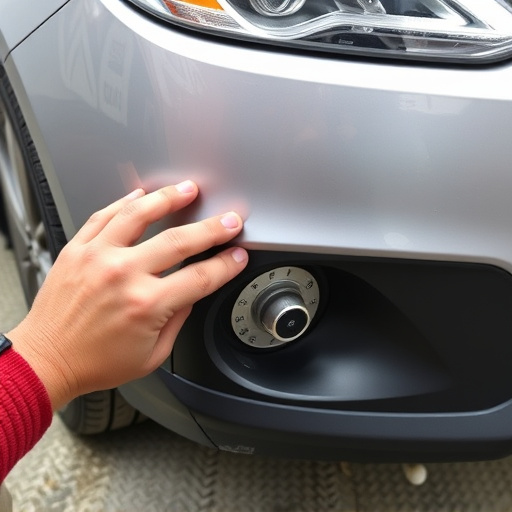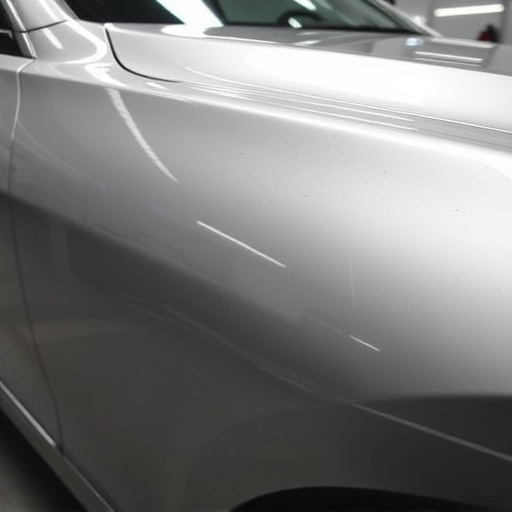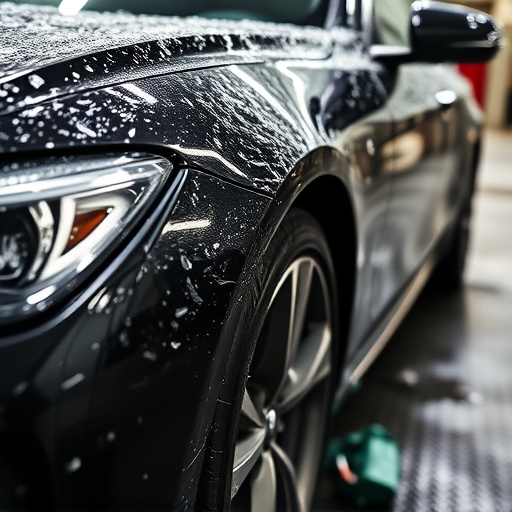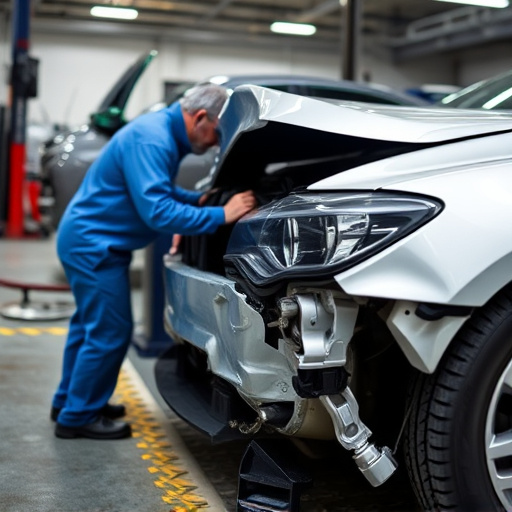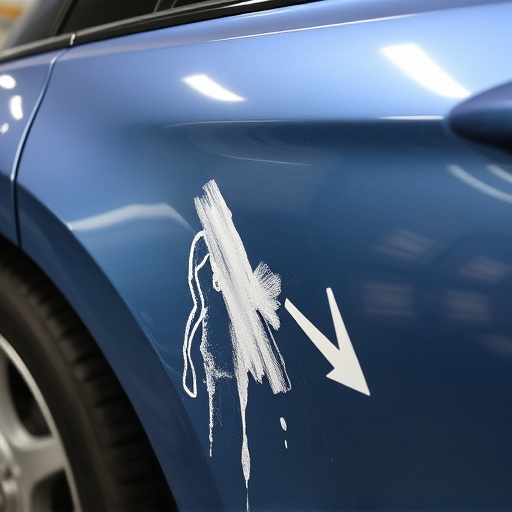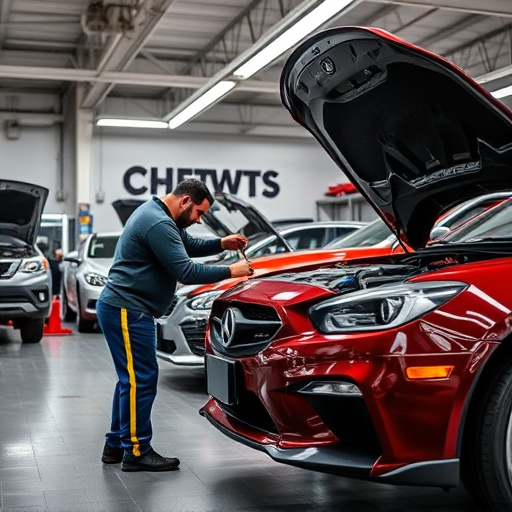Chrome trim, essential for vehicle aesthetics and functionality, needs meticulous care due to damage risks. When issues like peeling, chipping, or cracking occur, collision repair experts intervene. They offer solutions from simple fixes to complete chrome trim replacements, adhering to original specifications. Major damages often require replacement, addressing functional and aesthetic problems stemming from accidents. The process involves removing old trim, measuring new pieces, customizing them, and precisely installing them with specialized adhesives or fasteners. Auto repair shops expertly execute these steps to restore vehicles' visual appeal and structural integrity.
“Discover common repairs that demand attention in the form of a chrome trim replacement. Chrome trim, an elegant decorative element found in various vehicles, serves both aesthetic and functional purposes. Over time, it may develop issues like pitting, peeling, or damage from impact, compromising its appeal and vehicle integrity. This article delves into understanding chrome trim, identifying when replacement is necessary, and provides a step-by-step guide to the process, empowering car owners with knowledge for effective maintenance.”
- Understanding Chrome Trim: Its Role and Common Issues
- When is Chrome Trim Replacement Necessary?
- The Process of Replacing Chrome Trim: A Step-by-Step Guide
Understanding Chrome Trim: Its Role and Common Issues
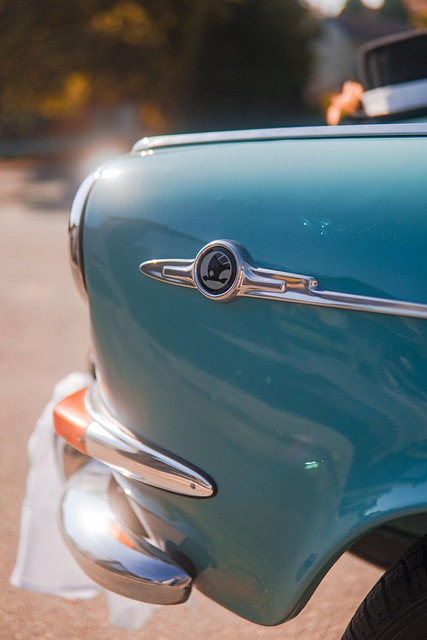
Chrome trim, often referred to as chrome molding or trim pieces, is an essential aesthetic and functional component in many vehicles. These decorative elements are typically made from durable materials like plastic, metal, or a combination of both, coated with a thin layer of chrome for a sleek, shiny finish. While they add a stylish touch to a car’s exterior, chrome trim also serves practical purposes—it seals joints and gaps, protecting the vehicle’s body from elements like water, dirt, and debris.
Despite their durability, chrome trim pieces are susceptible to damage due to various factors, including accidents (fender repair), exposure to harsh weather conditions, or simply aging. Common issues include peeling, chipping, cracking, or bending, which not only affect the vehicle’s appearance but can also compromise its structural integrity. When these problems arise, a comprehensive evaluation by professional collision repair services is necessary to determine if a simple fix or a complete chrome trim replacement is required. Auto body services specializing in such repairs ensure that the replaced parts not only match the vehicle’s original specifications but also contribute to maintaining the overall quality and value of the car.
When is Chrome Trim Replacement Necessary?
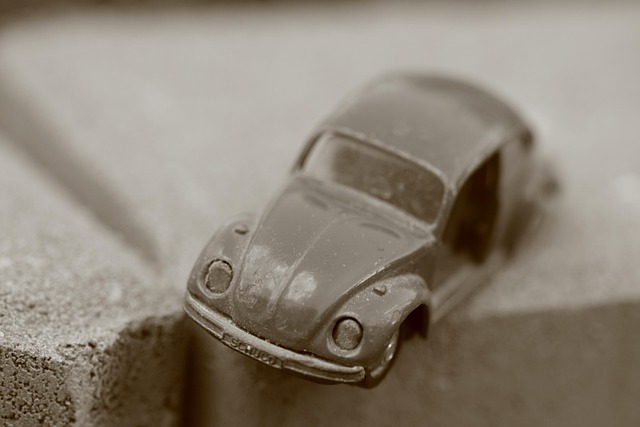
Over time, chrome trim can become damaged due to various factors such as vehicle collisions, exposure to harsh weather conditions, or simply wear and tear. When this occurs, a simple repair might not be enough to restore its original appearance. In such cases, a complete chrome trim replacement becomes necessary. Auto frame repair experts often recommend this solution when the damage is extensive, affecting both the functionality and aesthetics of the vehicle.
Whether it’s due to a minor fender bender or a more severe automotive collision repair, replacing chrome trim is crucial for achieving a seamless finish. It not only enhances the visual appeal but also ensures that all components are structurally sound. This process involves careful removal of the old trim, measurement and customization of new pieces, and precise installation to match the vehicle’s original specifications, effectively restoring its beauty and value.
The Process of Replacing Chrome Trim: A Step-by-Step Guide

Replacing chrome trim is a common task for many auto repair shops, often required as part of fender repair or car dent repair processes. The process involves several precise steps to ensure a clean and professional finish. Firstly, the damaged or old chrome trim is carefully removed, taking care not to damage adjacent parts. This may require specialized tools and techniques, depending on the vehicle’s make and model. Once the old trim is off, the underlying panel is inspected for any additional damage, which could necessitate further repairs before installation of new trim.
Next, the new chrome trim piece is measured and cut to fit seamlessly onto the car body. This step demands precision and a keen eye for detail. After cutting, the trim is carefully fitted into place, ensuring it aligns perfectly with surrounding contours. A secure bond is achieved through specialized adhesives or mechanical fasteners designed for this purpose. Finally, once the trim is in position, it’s polished to a high shine, restoring the vehicle’s aesthetic appeal and enhancing its overall appearance—a process that many auto repair shops expertly handle.
Chrome trim replacement is often necessary for maintaining the aesthetic appeal and functionality of various household items. By understanding the common issues that arise with chrome trim and following a straightforward, step-by-step guide, you can effectively address these problems. This not only enhances the look of your possessions but also ensures they serve their intended purpose for years to come, making it an essential task for DIY enthusiasts and professionals alike.

